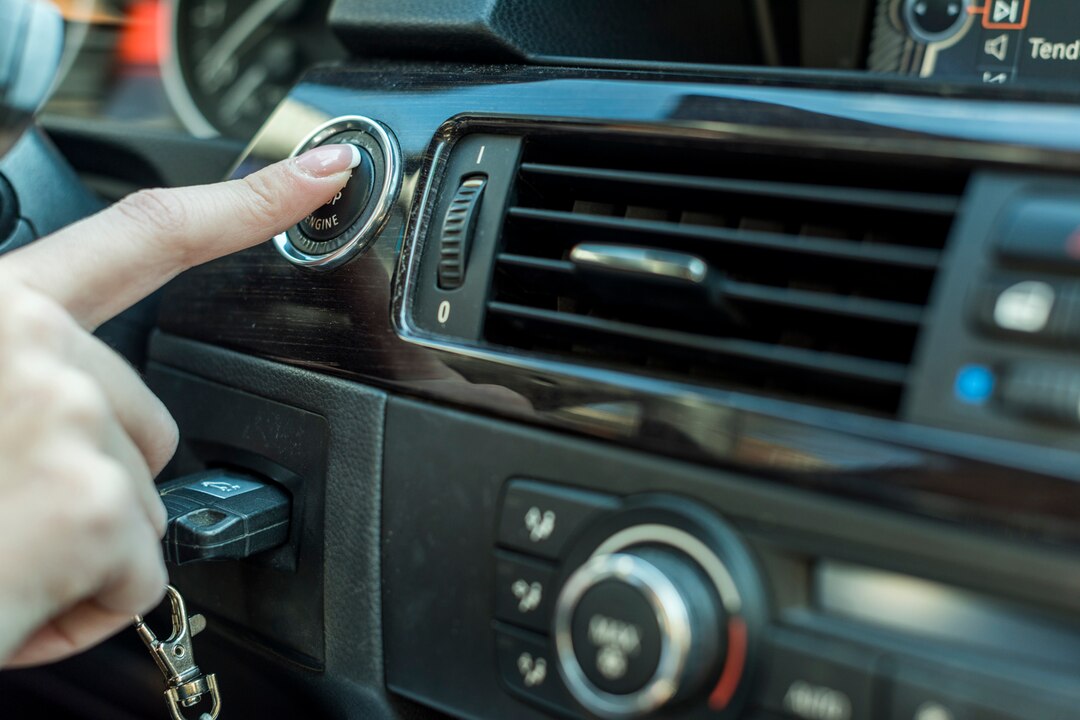Modern vehicles are equipped with sophisticated electrical systems that power everything from ignition to entertainment systems. Understanding the various components and types of car electrical systems is essential for maintaining and troubleshooting your vehicle. In this article, we’ll delve into the different types of car electrical systems you must know about to ensure optimal performance and reliability.
1. Starting System:
The starting system is responsible for initiating the engine’s operation. It consists of components such as the battery, starter motor, ignition switch, and starter solenoid. When you turn the ignition key, electrical current from the battery activates the starter motor, which engages the engine’s flywheel and initiates the combustion process.
2. Charging System:
The charging system replenishes the battery’s electrical charge and powers the vehicle’s electrical components while the engine is running. It comprises the alternator, voltage regulator, and battery. The alternator converts mechanical energy from the engine into electrical energy, which is used to charge the battery and supply power to the vehicle’s electrical systems.
3. Ignition System:
The ignition system is responsible for igniting the air-fuel mixture in the engine’s cylinders to initiate combustion. It includes components such as spark plugs, ignition coils, distributor (or coil packs), and ignition control module. The ignition system generates high-voltage electrical sparks at precise intervals to ignite the fuel mixture and sustain engine operation.
4. Lighting System:
The lighting system encompasses all the exterior and interior lights of the vehicle, including headlights, taillights, brake lights, turn signals, and dashboard illumination. It relies on electrical power from the battery or alternator to illuminate the vehicle and provide visibility to the driver and other road users.
5. Entertainment System:
The entertainment system comprises audio and multimedia components that provide entertainment and connectivity to passengers. It includes features such as radios, CD players, DVD players, Bluetooth connectivity, navigation systems, and touchscreen displays. The entertainment system relies on electrical power from the vehicle’s battery or alternator to function.
6. Climate Control System:
The climate control system regulates the temperature, humidity, and airflow within the vehicle’s cabin to provide comfort to occupants. It includes components such as air conditioning compressors, heaters, blower motors, temperature sensors, and control panels. The climate control system uses electrical power to operate various heating, cooling, and ventilation functions.
7. Safety Systems:
Modern vehicles are equipped with advanced safety systems designed to enhance driver and passenger safety. These systems include features such as airbags, anti-lock braking systems (ABS), traction control, electronic stability control (ESC), and tire pressure monitoring systems (TPMS). Safety systems rely on electrical components and sensors to monitor vehicle dynamics and respond to potential hazards.
Understanding the different types of car electrical systems is essential for maintaining, troubleshooting, and upgrading your vehicle. From starting and charging systems to ignition, lighting, entertainment, climate control, and safety systems, each electrical component plays a vital role in ensuring the vehicle’s performance, comfort, and safety. By familiarizing yourself with these systems, you can better understand how your vehicle operates and address any electrical issues that may arise effectively.











